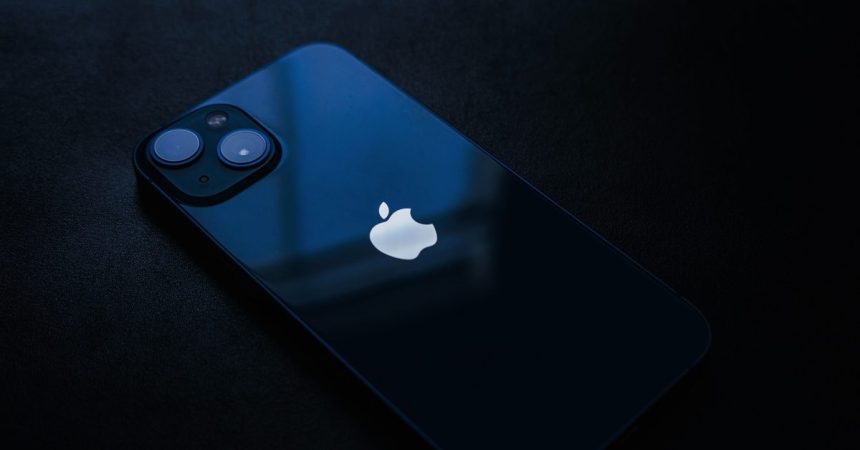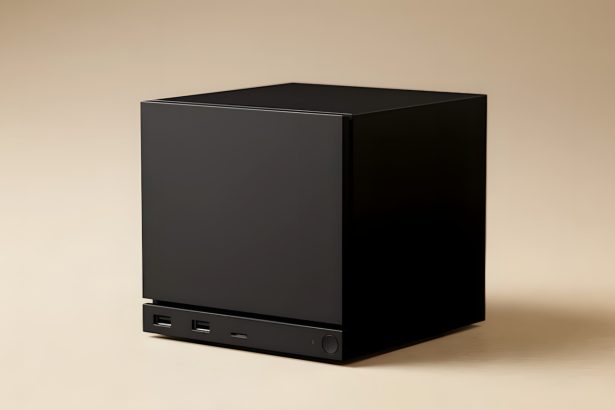In January, a significant benchmark was reached in the smartphone market as 5G devices represented more than half of all smartphone sales for the first time. A considerable contributor to this achievement was the iPhone 13, which alone comprised over a third of total 5G phone sales, according to Bloomberg reports.
Data from Counterpoint Research indicates that 5G smartphones accounted for 51% of total sales. The technology is pivotal for advancements in various fields, including autonomous driving and factory automation. China leads in the expansion of 5G infrastructure, with the country’s telecom authority announcing plans to add 600,000 base stations this year, bringing the total to well over 2 million. This surge in deployment is driving sales for major mobile brands worldwide, with Apple capturing a dominant 37% of the 5G market partly due to its strong presence in China.
Samsung follows with a considerably smaller share of 12%, while Xiaomi and Vivo both hold 11%, and Oppo captures 10%. The remainder of sales falls into the ‘Other’ category.
Apple’s influence in the 5G market is expected to grow further with the introduction of the new iPhone SE model, which supports 5G technology. Priced starting at $429, this model aims to make 5G accessible to a wider consumer base, a feature that Apple emphasized during its recent launch.
The iPhone SE’s 5G capability promises users enhanced download speeds, improved video streaming quality, real-time app responsiveness, and a host of other benefits. This combination of advanced technology and competitive pricing is a unique offering from Apple.
Recent analysis revealed regional variations in 5G speeds across the United States. Illinois topped the list with an average download speed of 141.4 Mbps, followed closely by New York, Minnesota, Maryland, and New Jersey, with speeds ranging from 128 to 138.6 Mbps. Conversely, the states with the slowest 5G speeds included Wyoming, West Virginia, Maine, Alaska, and Vermont, with Vermont recording a notably low average speed of just 48.7 Mbps.Apple








